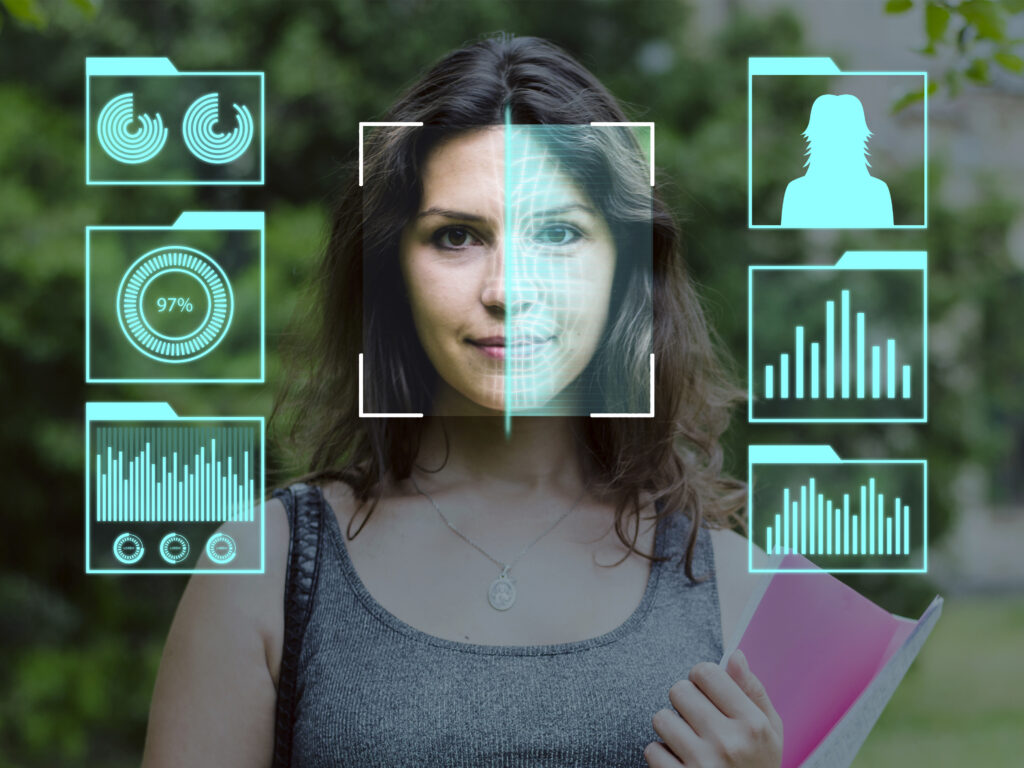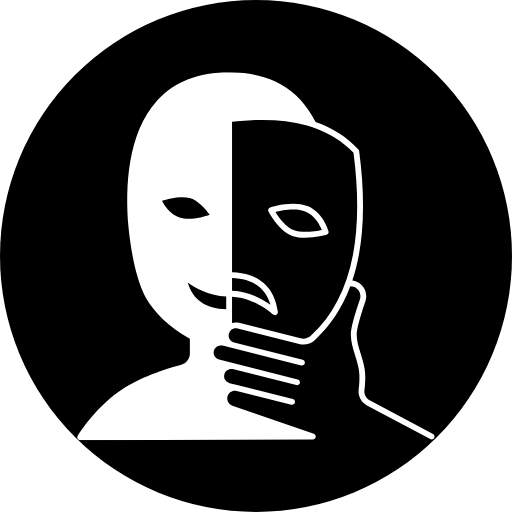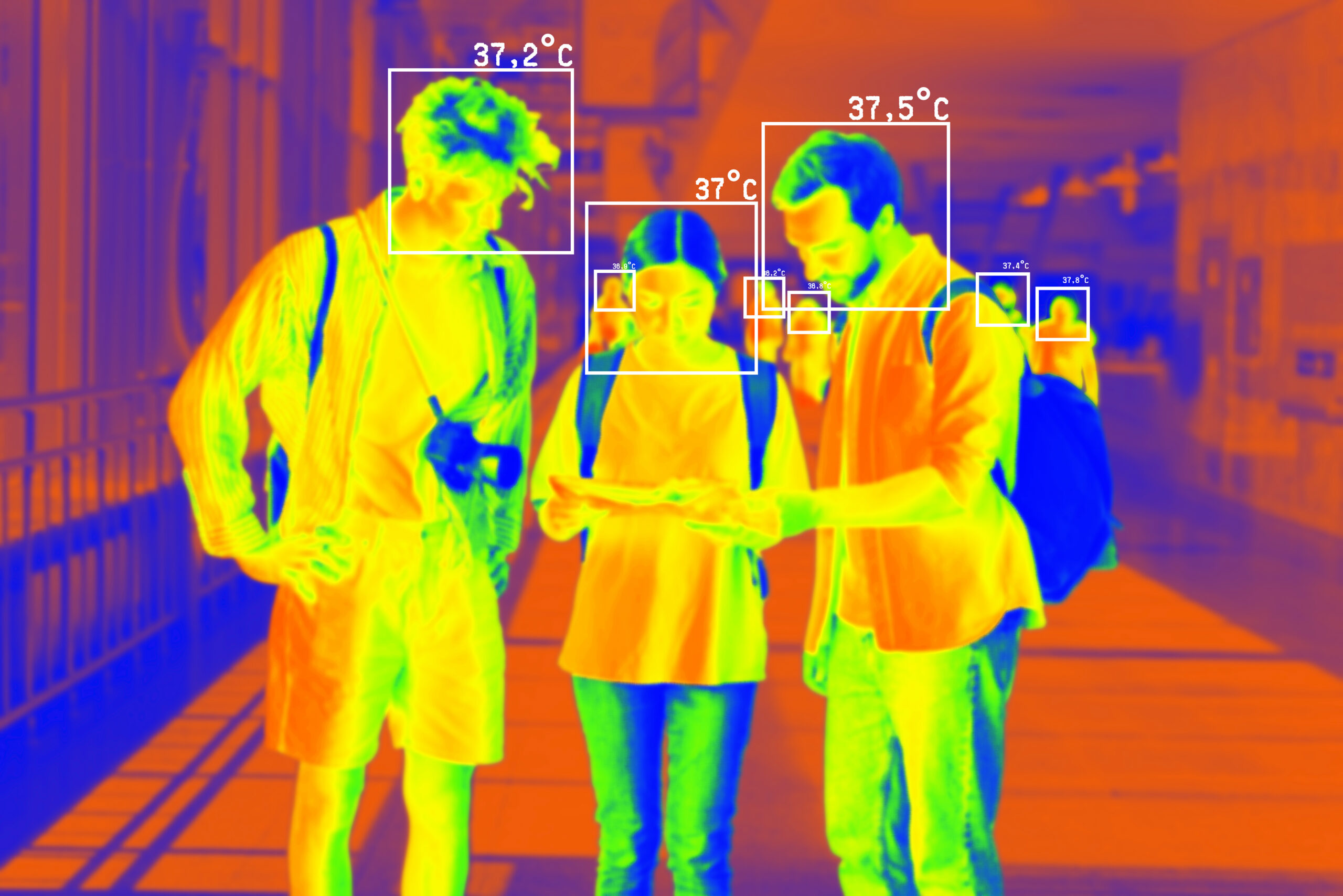Smartphones and the internet have changed things so much. Now it’s common to see fake photos on social media, in news articles, ads, and dating sites. Have we ever stopped to ask ourselves if these photos happened? Now, AI Image Detector is available for generating AI photos and deepfakes, as well as editing pictures. It’s difficult to differentiate between real and fake images. With this problem increasing, we must ask if what we see on the internet can be trusted.?
You’ve likely seen many fake images all around you lately. But why is this happening now? What do Fake Image Detector and all the tools here do? They help us distinguish between real and fake pictures.
Also read: 3 Ways to Verify Viral Images Before Sharing on Social Media
An Increasing Number of Misleading Photos Are Posted on Social Networks
People now use fake images for much more than simply making their vacation photos look better or changing the appearance of selfies. Today, they serve a more deceptive purpose, making it harder than ever to separate fact from fiction. Here’s why fake images are a major concern in the digital age:
1. AI-Generated Deepfakes
Deepfakes can manipulate existing photos and generate new faces. Users usually apply these tools to pretend they are celebrities. Create fake conversations and write fake news.
2. Misleading News Photos
Out-of-context images or those changed digitally are often used to change the public’s opinion. In the political sphere, a changed image can quickly become famous. So it affects what people believe, all before anyone checks if something is true.
3. Rapid Spread of Misinformation
Fake images can be shared millions of times before being debunked. By the time corrections are made, the damage—whether reputational, financial, or emotional—is often irreversible.
4. Erosion of Trust
When people understood that the images were not real, they started to doubt every piece of information. This distrust extends beyond social media, affecting journalism, businesses, and even personal relationships.

Why Fake AI Image Detector Matters More Than Ever
The risks posed by manipulated images are higher than ever before. Fake visuals can damage reputations (businesses, public figures, or even ordinary individuals), spread misinformation (influencing elections, public health decisions, or financial markets), and also enable scams (fake job postings, fraudulent dating profiles, or counterfeit products).
Everyone(including journalists, businesspeople, students, and people) who use social media should learn how to identify fake images. We all need to develop critical thinking skills or access detection tools.
How a Fake AI Image Detector Works
Fortunately, technological solutions are available now. With artificial intelligence and effective image analysis, a Fake Image Detector can tell whether an image is genuine or not.
Let’s see how AI Image Detector Works:
- Upload the Image – Visit a detection tool like Fake Image Detector and upload the suspicious photo.
- AI Analysis: The system scans the image using machine learning models trained on thousands of real and fake photos.
- Detection Results: You will see a score about how something is manipulated.
- The system is quick, easy to navigate, and technically smooth, so everyone can use it.
The process is fast, user-friendly, and doesn’t require technical expertise, making it accessible to everyone.
Real-Life Uses of a Fake AI Image Detector
This tool isn’t just for tech experts—it has practical applications in everyday life:
1. Verifying Viral Social Media Posts
Not every shocking image circulating online is real. Before sharing, use a detector to confirm its authenticity.
2. Avoiding Scams
Fraudulent job ads, fake product listings, and catfishing profiles often use manipulated images. A quick scan can save you from falling victim.
3. Fact-Checking News Sources
Misinformation spreads rapidly through edited photos. Journalists and readers must use these detection tools to verify sources.
4. Protecting Your Brand
Businesses can monitor for fake visuals that misuse their logos or products, preventing reputational harm.
How to Spot Fake AI Images Without a Tool
While AI detection is highly effective, you can also use manual techniques to identify potential fakes:
- Zoom In – Look for unnatural textures, inconsistent lighting, or blurred edges.
- Reverse Image Search – Check if the photo appears elsewhere online in a different context.
- Examine the Source – Reliable websites and verified accounts are less likely to share manipulated images.
- Trust Your Gut – If something feels off, investigate further.
However, these methods aren’t foolproof. For the most accurate results, a dedicated detection tool is your best bet.
Conclusion: Don’t Trust Everything Online- How AI Image Detector Help
We now live in a world where things must be proven, not just believed. Using AI, deepfakes, and photo editing is now the best way to create pictures that appear real but aren’t. People using these fakes can distribute false information, making scams more likely, and reducing confidence in digital platforms.
The good news? You can choose not to trust them. You can instantly check the authenticity of any photo using Fake Image Detector to stop the sharing of fraudulent content by mistake.
Whenever you see something that looks suspicious in your feed, take a moment to look at it carefully. By staying informed and using the right tool(fake image detector), you can navigate the digital world with confidence.

